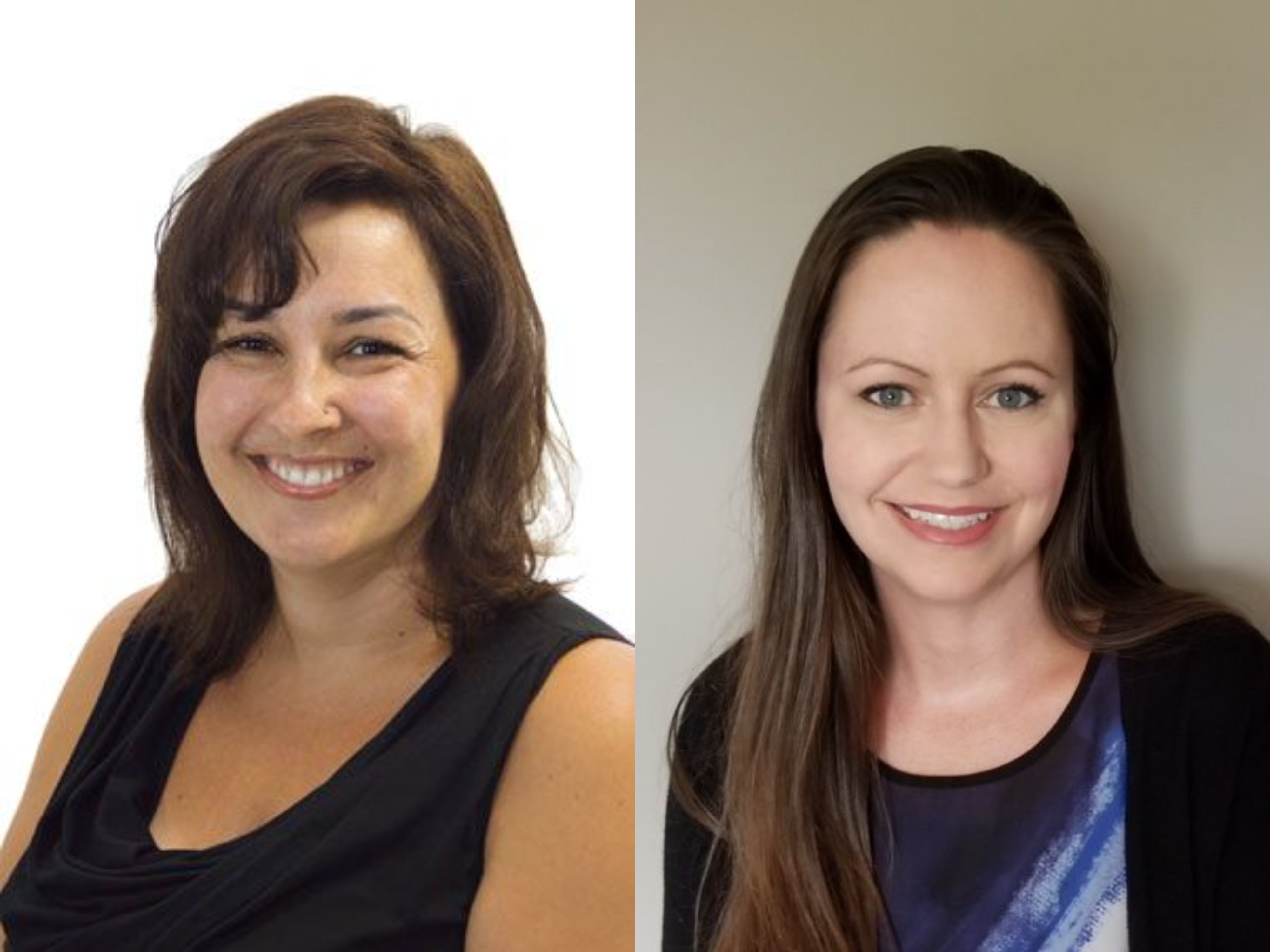Evidence-based interactive math program receives funding from the Kids Brain Health Network
Tamara Vineberg - 30 October 2020

Jacqueline Pei and Carmen Rasmussen, Department of Pediatrics.
Jacqueline Pei and Carmen Rasmussen are passionate about classroom success for children with learning difficulties. Both from the Department of Pediatrics, Pei is a neuropsychologist and Rasmussen, an associate professor with expertise in neurodevelopment. Their research focuses on using an interactive strategy to improve children’s math skills. They recently received $91,610 in funding for the Math Interactive Learning Experience (MILE) program from the Kids Brain Health Network’s Implementation Readiness Fund (IRF) competition. They explain the significance of the program in this Q&A.
Where did the idea for the MILE program originate?
Carmen Rasmussen
Julie Kable and Claire Coles at Emory University in Atlanta created the MILE program to improve the math skills of young children with fetal alcohol spectrum disorder (FASD). According to the Canada FASD Research Network, approximately four per cent of kids are affected by FASD. We have been collaborating with Kable and Coles since 2011 to replicate and extend the MILE program in Edmonton, becoming the first to implement it in Canada. We are now examining the impact of the program for children with a variety of learning needs (not just FASD) and exploring ways to embed this program into schools.
How is teaching math different when applying the MILE program compared to other ways of teaching math?
Jacqueline Pei
The MILE program focuses on supporting the development of underlying cognitive abilities related to mathematics, such as working memory and visual-spatial skills. We use physical objects and worksheet tools to aid with working memory and visual-spatial processing difficulties. MILE also focuses on improving student self-regulation using the FAR method (Focus, Act, Reflect) and using problem solving, which can help improve behavioural functioning as well as math skills.
How will the Implementation Readiness Fund have an impact on the MILE program?
Carmen Rasmussen
Originally, the MILE program involved individualized tutoring sessions. So we trained educators to use MILE in classroom settings with small groups of children with learning difficulties. As a result, the MILE program improved the math skills of these children (aged five to eight years). But conducting the MILE program in small groups in classroom settings is still demanding and time-consuming for educators. Our most recent project is to engage education stakeholders to support the broader implementation of the MILE program for classroom-wide use for all children in their understanding of math.
What is your inspiration for continuing with this research?
Jacqueline Pei
The teaching strategies used in the MILE program could benefit all children in mathematics. Another result is students may experience improved ability to regulate frustration and engage in effective strategies to manage stress in the classroom.